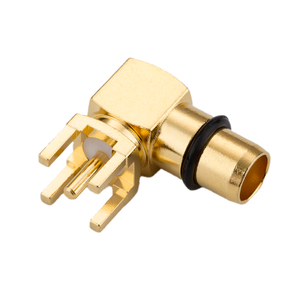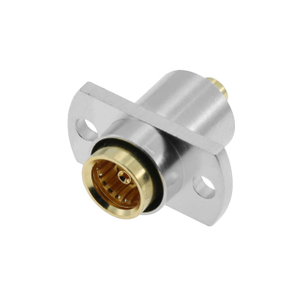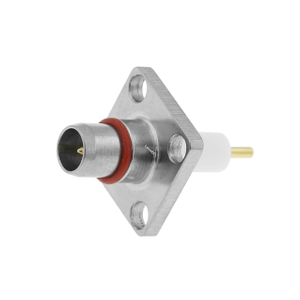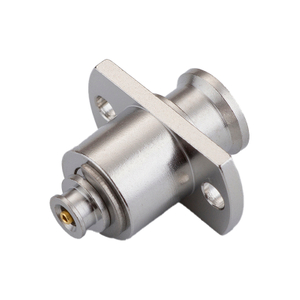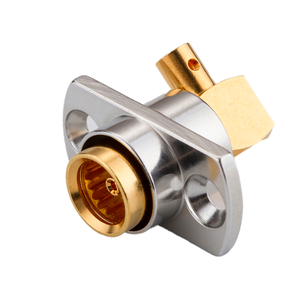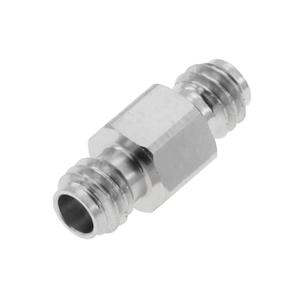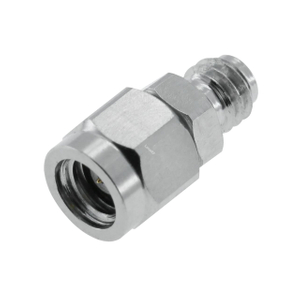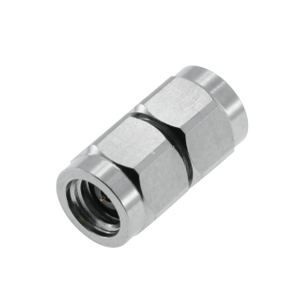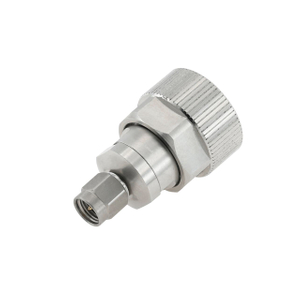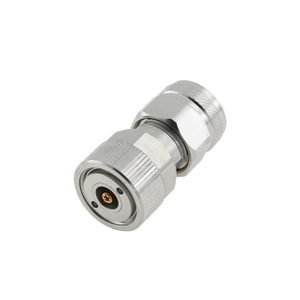Introduction
Impedance
50 Ω
Maximum Operating Frequency
3.00 GHz
Coupling Mechanism
Screw-on Coupling
FME Plug Connector

FME Jack Connector

In the world of radio frequency (RF) connectors, the FME (For Mobile Equipment) connector stands out as a unique and somewhat mysterious component. With an impedance of 50 Ω and a maximum operating frequency of 3.00 GHz, it finds its niche primarily in automotive UHF applications. This connector, sometimes referred to as SAP (SubMiniature version A with Push-on) connectors, is easily recognizable by its distinctive screw-on coupling mechanism, making it distinct from other connectors. In this comprehensive discussion, we will delve into the characteristics, history, applications, and limitations of the FME RF connector.
Characteristics of the FME RF Connector
The FME RF connector possesses several key characteristics that define its utility and performance:
Impedance: The FME connector features a standard impedance of 50 Ω, aligning with common impedance values in RF applications. This impedance ensures compatibility with a wide range of RF equipment and systems.
Maximum Operating Frequency: With a maximum operating frequency of 3.00 GHz, the FME connector is suitable for a variety of UHF band applications. Its performance within this frequency range makes it a viable choice for certain communication needs.
Coupling Mechanism: The FME connector employs a screw-on coupling mechanism. This unique design differentiates it from other connectors, as the female jack body houses the coupling nut. This feature simplifies the connection process and ensures a secure coupling.
Identification: FME connectors are also known as SAP connectors. Their unusual interfacing and distinctive screw-on coupling mechanism make them easily identifiable in the field.
Thread Specification: The FME series utilizes an M8 x 0.75 interfacing thread, further adding to its uniqueness.
Standardization: Unlike many RF connectors, the FME connector has not been standardized by any international body. This lack of standardization can present challenges in terms of interoperability and compatibility.
History of the FME Connector
The history of the FME connector is shrouded in obscurity due to its limited usage and the absence of comprehensive historical documentation. While the origins and development timeline of many RF connectors are well-documented, the FME connector remains a relative mystery. This lack of historical information underscores its specialized nature and limited adoption in the broader RF connector landscape.
Applications of the FME Connector
FME connectors find their primary applications in automotive UHF settings, owing to their specific characteristics and advantages. However, their limited electrical performance above 200 MHz imposes certain constraints on their usage. Let's explore the key applications of the FME connector:
Automotive UHF Applications: FME connectors are commonly deployed in automotive settings, where their small outside diameter and mechanical durability are highly advantageous. They can be routed through the vehicle's interior without sustaining significant damage, making them suitable for in-car communication systems, antennas, and other UHF-related functions.
Mobile Communication Systems: FME connectors are occasionally used in mobile communication systems, especially when operating within the 3.00 GHz frequency range. Their screw-on coupling mechanism ensures secure connections in mobile equipment, contributing to reliable signal transmission.
Specialized RF Equipment: In some niche RF applications that fall within the FME connector's frequency range, these connectors may be employed. However, their usage is typically limited to scenarios where their unique characteristics align with specific requirements.
Limitations of the FME Connector
While the FME connector offers distinct advantages in certain applications, it is not without limitations:
Limited Standardization: The absence of international standardization for the FME connector can hinder its widespread adoption. Compatibility and interoperability may be challenging in scenarios where standardized connectors are preferred.
Electrical Characteristics: The FME connector's electrical performance, particularly above 200 MHz, is suboptimal compared to other RF connectors designed for higher-frequency applications. This limitation restricts its suitability for certain high-frequency RF systems.
Niche Usage: The FME connector's specialized design and limited frequency range confine its usage to specific applications. It may not be the ideal choice for broader RF connectivity needs.
Availability: FME connectors may not be as readily available as more common connectors, which can pose challenges in sourcing and procurement for some projects.
Interference: In environments with significant electromagnetic interference (EMI), the FME connector's performance may be adversely affected due to its limited shielding capabilities.
FME Interface Drawing

Conclusion
The FME RF connector, with its unique characteristics, history, and specialized applications, occupies a distinct niche within the realm of RF connectors. While its impedance of 50 Ω and maximum operating frequency of 3.00 GHz make it suitable for certain UHF applications, its limitations in electrical performance and lack of standardization warrant careful consideration when choosing connectors for specific projects. As technology continues to advance, the role of connectors like the FME connector may evolve or give way to more versatile and standardized options. Nevertheless, in the context of automotive UHF applications and select mobile communication systems, the FME connector remains a valuable and identifiable component of the RF connector landscape.













